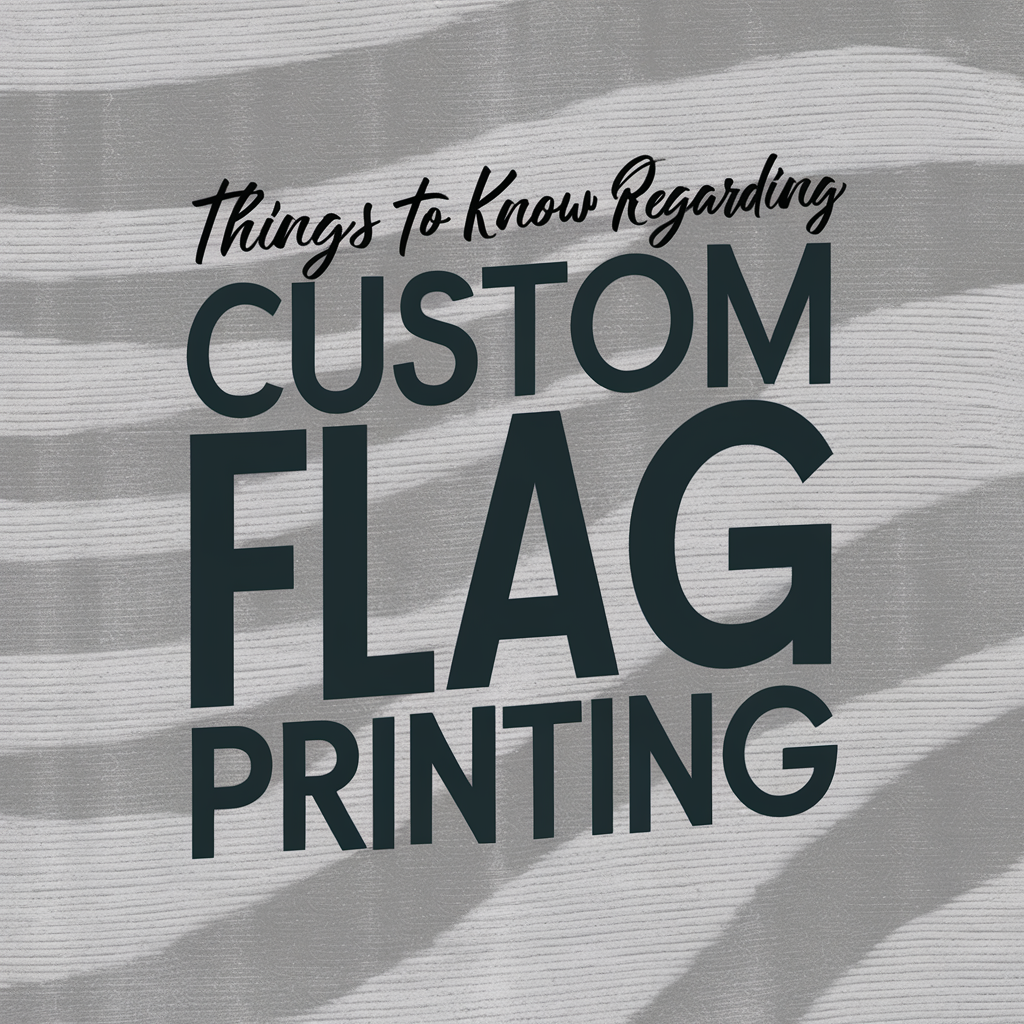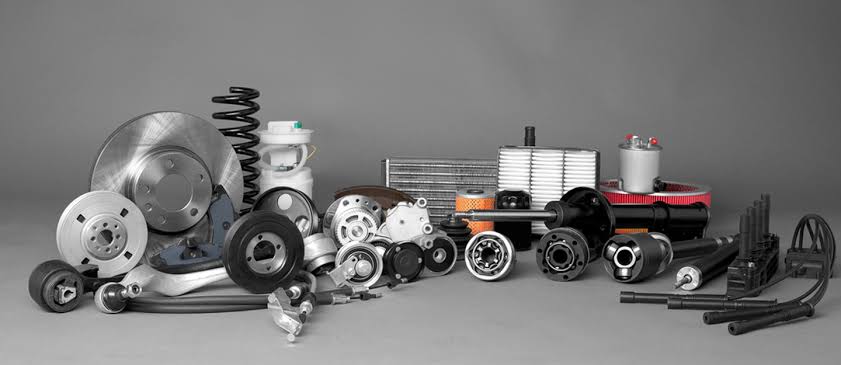For many years, collecting military memorabilia has enthralled people with a passion for history, craftsmanship, and the stories that have built bridges connecting us to the men and women in uniform. Among all the many collectibles are Air Force patches.
These tiny pieces of cloth are much more than mere decorations- they are symbols heavy with meaning: decades’ worth of commitment, honor, and pride. Whether one is just getting started with the hobby or has already been at it for quite some time, learning the history and intricacies of Air Force patches makes collecting all the more rewarding and helps build a meaningful and valuable collection.
This article presents handy tips to anyone interested in the collection of military Air Force patches. It provides information on how to spot originals, care for them properly, and find rarer or noteworthy designs. All along, it directs readers to trusted sources both rookies and vets can rely upon to unlock the confidence they need to build their own collections.
Why Collect Air Force Patches?
Air force patches are far more than colorful emblems sewn onto uniforms. Each patch tells a story and represents the heritage, units, missions, and accomplishments of the United States Air Force. Collectors value these patches for several key reasons:
- Historical significance: Many patches symbolize specific squadrons, wings, or commands, each with its own unique role and history. Collecting these allows enthusiasts to connect directly to important moments and groups within Air Force history.
- Design variety: The artistry found in Air Force patches is impressive. From bold colors to intricate embroidery and meaningful symbols, each patch offers a distinctive design that appeals to collectors’ eyes and hearts alike.
- Connection to service: For many collectors, these patches are a way to honor veterans—whether relatives, friends, or admired heroes—and to preserve military heritage. Each patch is a tangible link to the service and sacrifice of airmen.
These aspects make Air Force patches a widely sought-after collectible among military enthusiasts, veterans, historians, and anyone with an interest in preserving the stories behind the fabric.
Understanding the Types of Air Force Patches
Before jumping into collecting, it’s useful to become familiar with the common types of Air Force patches. This foundational knowledge helps collectors not only identify patches correctly but also appreciate the stories and significance behind each piece.
- Unit Patches: These patches represent specific groups within the Air Force, such as squadrons, wings, or commands. Each unit has its own distinctive design and symbolism. For example, the 14th Air Force features a unique patch that reflects its mission and history, making it a sought-after item for collectors.
- Specialty Patches: These indicate particular roles or specialties within the Air Force, such as pilots, mechanics, medical personnel, or other support functions. Collecting specialty patches can offer insight into the wide range of skills and responsibilities in the service.
- Deployment Patches: Often worn during or after specific missions or overseas deployments, these patches commemorate participation in particular operations or campaigns. They hold historical value and tell a story of where and when airmen served.
- Commemorative Patches: Created to mark anniversaries, milestones, or special events, these patches celebrate achievements or significant dates within the Air Force. They often have limited production runs, making them attractive to collectors.
- Rank and Qualification Patches: These patches denote an airman’s rank or specialized training and qualifications. They provide important context about the individual’s role and experience.
Understanding these categories allows collectors to decide which types of patches align best with their interests, whether that’s historical significance, aesthetic appeal, or personal connection.
Tips for Beginners: Starting Your Air Force Patch Collection
Starting a patch collection can feel daunting at first, especially with so many options and variations. Here are some essential tips to help newcomers get off to a confident and informed start.
1. Research Before You Buy
Taking time to learn about the history and meaning behind various patches will enrich your collection and help avoid costly mistakes. Reliable sources include official Air Force websites, military archives, and respected collectors’ forums.
Educating yourself about the significance of different Air Force patches ensures you make informed choices and steer clear of common reproductions or unrelated items that don’t fit your collecting goals.
2. Start with Popular and Recognizable Patches
For beginners, focusing on well-known Air Force patches is both practical and rewarding. These patches tend to be easier to find, reasonably priced, and carry clear historical or symbolic meaning. Some good starting points include:
- The classic US Air Force emblem, which is instantly recognizable and a cornerstone of many collections.
- Major command patches, such as those from Air Combat Command (ACC), which represent important branches of the Air Force.
- Unit patches like the 14th Air Force, which have distinct designs and interesting histories.
Exploring collections online can provide a good overview of authentic designs and help you decide what appeals most to you.
3. Check Authenticity Carefully
The market includes many replicas and souvenir patches, so verifying authenticity is essential. Authentic Air Force military patches typically feature high-quality embroidery, durable fabric, and often include manufacturer’s labels or specific backing details.
When assessing a patch, pay close attention to:
- The stitching quality—look for neat, consistent embroidery without loose threads.
- The fabric’s feel and thickness—authentic patches usually use sturdy materials.
- Any manufacturer’s marks, labels, or backing that indicate genuine production.
Avoid patches that appear cheaply made, have blurry or printed designs instead of embroidery, or seem inconsistent with known authentic examples. Careful scrutiny will help ensure your collection holds true value.
Advanced Advice for Veteran Collectors
For experienced collectors, the goal often shifts from simply acquiring patches to building a carefully curated, meaningful collection that holds historical and monetary value. If you’ve been collecting for a while and want to take your passion to the next level, the following tips can help refine your approach and strengthen your collection.
1. Network with Fellow Collectors
One of the most valuable resources for veteran collectors is a strong network within the collecting community. Connecting with other enthusiasts opens up opportunities to trade, buy, or sell rare and unique Air Force patches that might not be available through typical channels.
Attend military memorabilia shows, join specialized online forums, and participate in social media groups focused on Air Force patches. These platforms provide not only access to exclusive items but also valuable insights and advice from fellow collectors who share your passion.
2. Focus on Specific Units or Eras
Narrowing your focus to patches from particular units or historical periods can add cohesion and depth to your collection. For example, concentrating on patches from the 14th Air Force offers a thematic thread that ties your items together, enhancing the story your collection tells.
Similarly, focusing on an era such as the Cold War or Vietnam War allows you to explore patches that reflect the geopolitical and military context of those times. This approach often leads to discovering rare or limited-edition patches that resonate with specific historical significance.
3. Preserve Your Collection Properly
Taking proper care of your patches is essential to maintain their condition and value over time. Use archival-quality storage solutions such as acid-free sleeves or boxes to protect patches from damage. Keep them away from direct sunlight and humid environments, which can cause fading, discoloration, or deterioration.
For display purposes, consider framing patches under UV-protective glass or mounting them on fabric-covered boards to prevent dust accumulation and physical wear. Proper preservation not only safeguards your investment but also allows you to enjoy showcasing your collection in a professional and attractive manner.
4. Verify Provenance When Possible
The provenance—or documented history—of a patch can significantly enhance its value and appeal. Whenever possible, seek patches with clear background information, such as details about the unit, the time period, or the original owner.
When acquiring patches from veterans or reputable sellers, ask for certificates of authenticity or any supporting documents that verify the patch’s origin. Provenance adds credibility to your collection and provides a richer story behind each piece, making your collection more meaningful and respected among fellow collectors.
Where to Find Quality Air Force Patches
Building a reliable and authentic Air Force patch collection starts with sourcing patches from trustworthy places. Finding quality patches helps ensure your collection holds value and represents genuine history. Here are some recommended avenues to explore:
- Specialized Online Stores: Websites that focus specifically on military patches offer a wide selection of authentic and well-cataloged items.
- Military Surplus Shops: These shops can be treasure troves for genuine patches, often sourced directly from military inventory. However, buyers should always take care to verify the authenticity and condition of patches before purchasing.
- Collectors’ Shows and Conventions: Attending events dedicated to military memorabilia allows collectors to see patches up close, negotiate deals, and connect with fellow enthusiasts. These gatherings are excellent for finding unique items that may not be available online.
- Auctions: Occasionally, rare or limited-edition patches come up for auction. While prices might be higher, auctions can provide access to exceptional pieces that add special value to a collection.
- Direct from Veterans: Sometimes, veterans or their families sell or trade patches. Acquiring patches this way can offer a meaningful connection and often includes valuable background information about the item.
Using a mix of these sources and cross-checking items across platforms reduces the risk of purchasing counterfeit or low-quality patches, helping you build a trustworthy and respected collection.
Display and Storage Tips for Air Force Military Patches
How you store and display your patches significantly impacts their preservation and presentation. Keeping your collection in excellent condition ensures it can be enjoyed and appreciated for years. Here are some practical suggestions:
- Use Acid-Free Materials: Store patches in acid-free sleeves, envelopes, or boxes. These materials prevent chemical reactions that can cause fabric deterioration over time.
- Avoid Excessive Handling: Frequent touching can lead to wear and damage. When possible, handle patches with clean hands or wear gloves to protect the fabric and embroidery.
- Frame Select Pieces: Framing patches behind UV-protective glass shields them from dust, moisture, and sunlight, while creating an elegant display that showcases your collection.
- Create a Patch Board: Mounting patches on a fabric-covered board provides an organized and attractive way to view multiple pieces at once, making it easy to admire and rotate your collection.
- Label Clearly: Keeping detailed notes or labels with each patch, including its origin, unit, and any historical information, adds context and helps maintain the story behind each item.
Final Thoughts
Collecting Air Force patches offers a fun way to learn about USAF history while admiring the skill and symbolism in each emblem. Whether you’re starting a new collection or adding to an existing one, taking time to understand different patch types, check their authenticity, and care for them will make your collecting more rewarding.
Building your collection using trusted sources and knowledgeable communities helps create meaningful and valuable sets. These communities share wisdom and offer useful tips. Collectors can honor airmen’s legacy and dedication through their collections. They also preserve important pieces of military history for future generations to appreciate.




